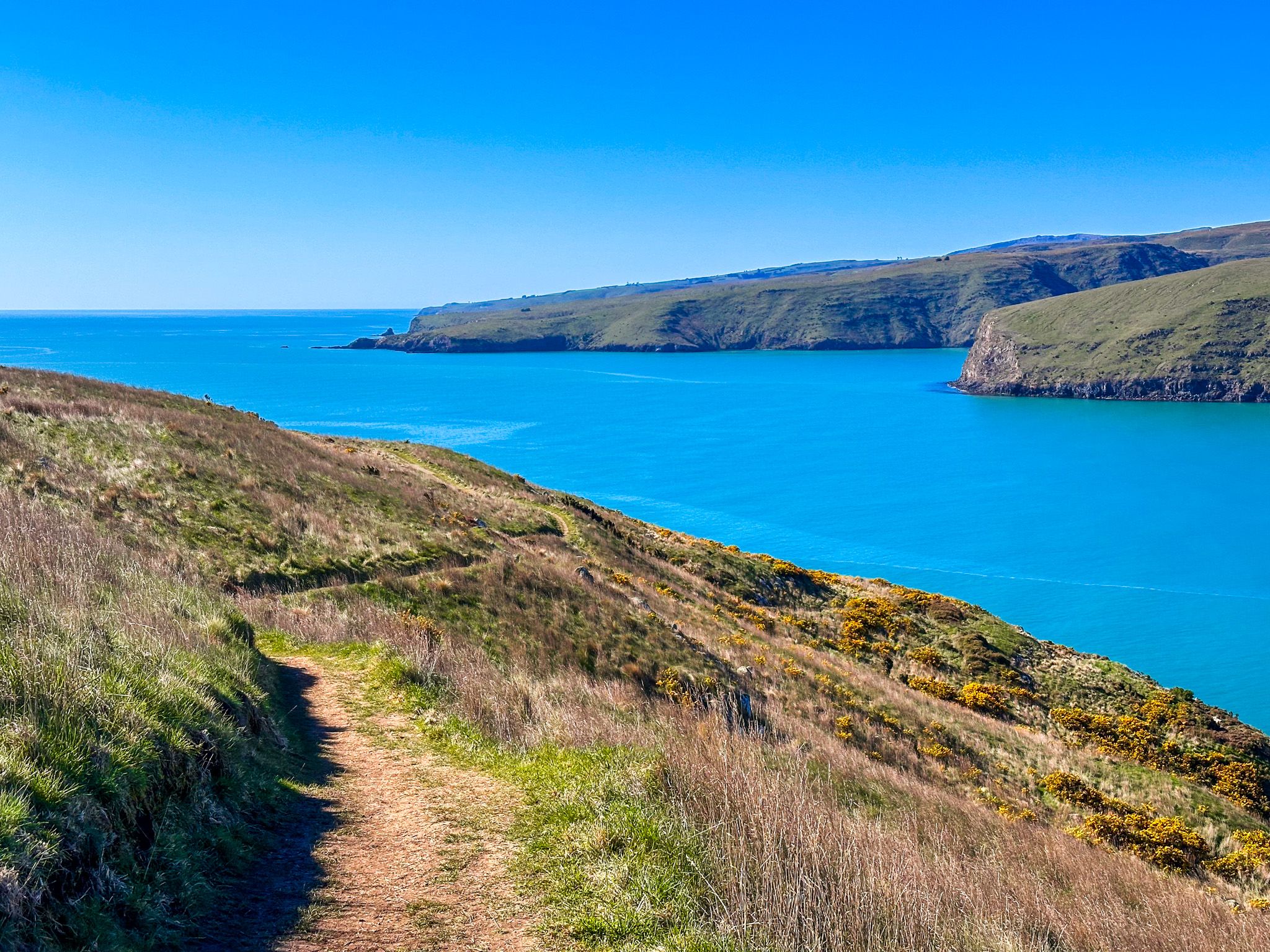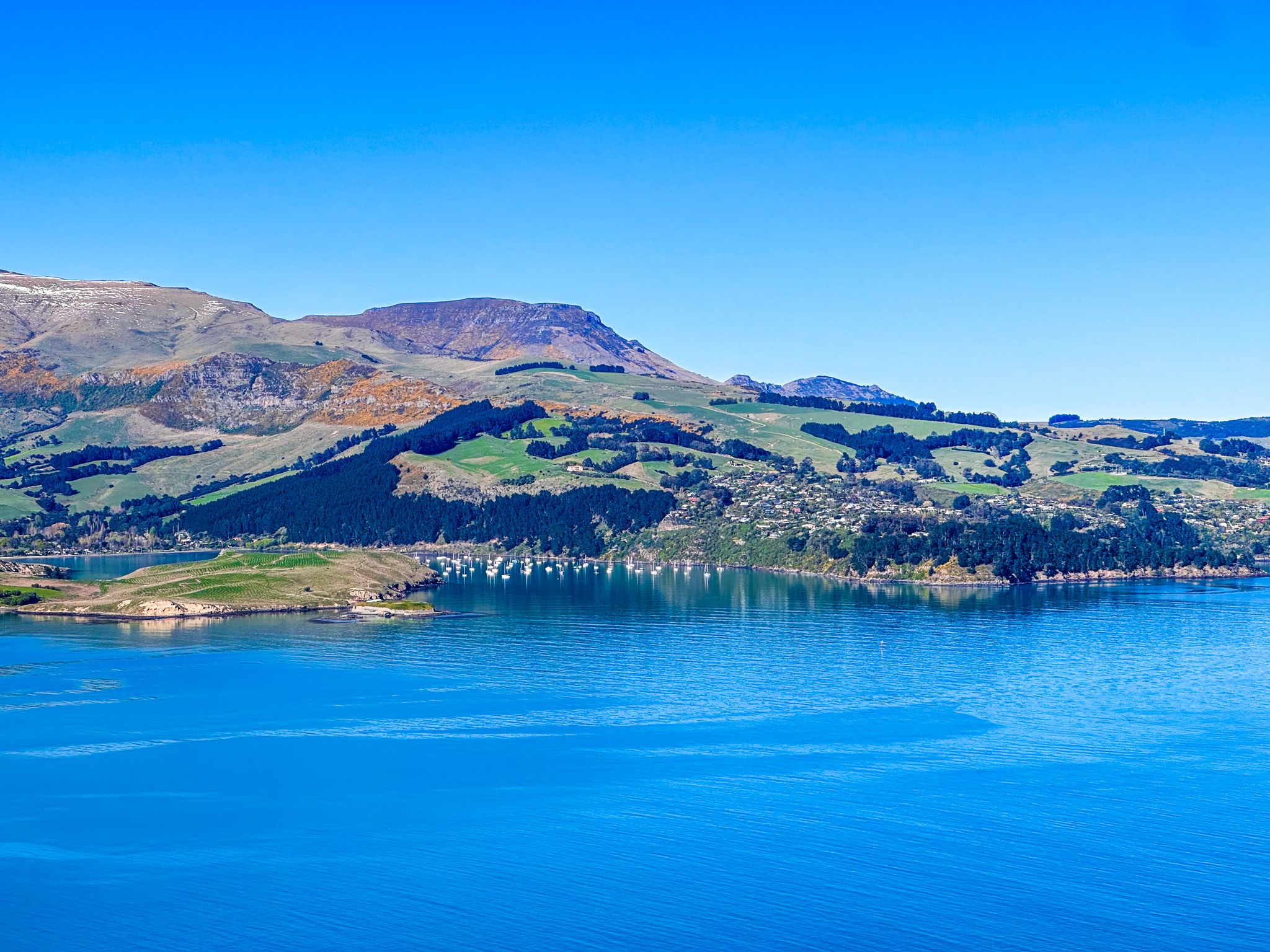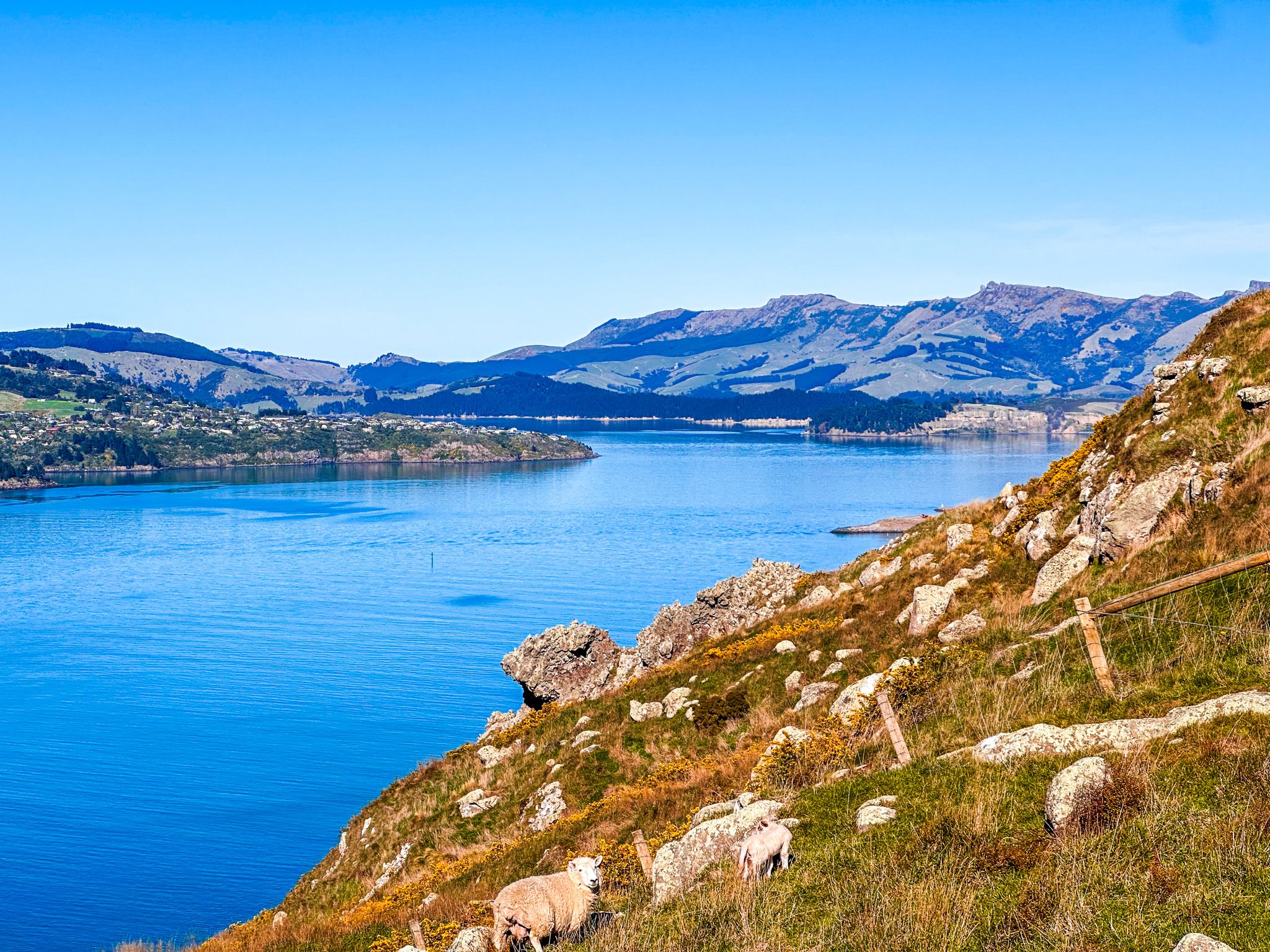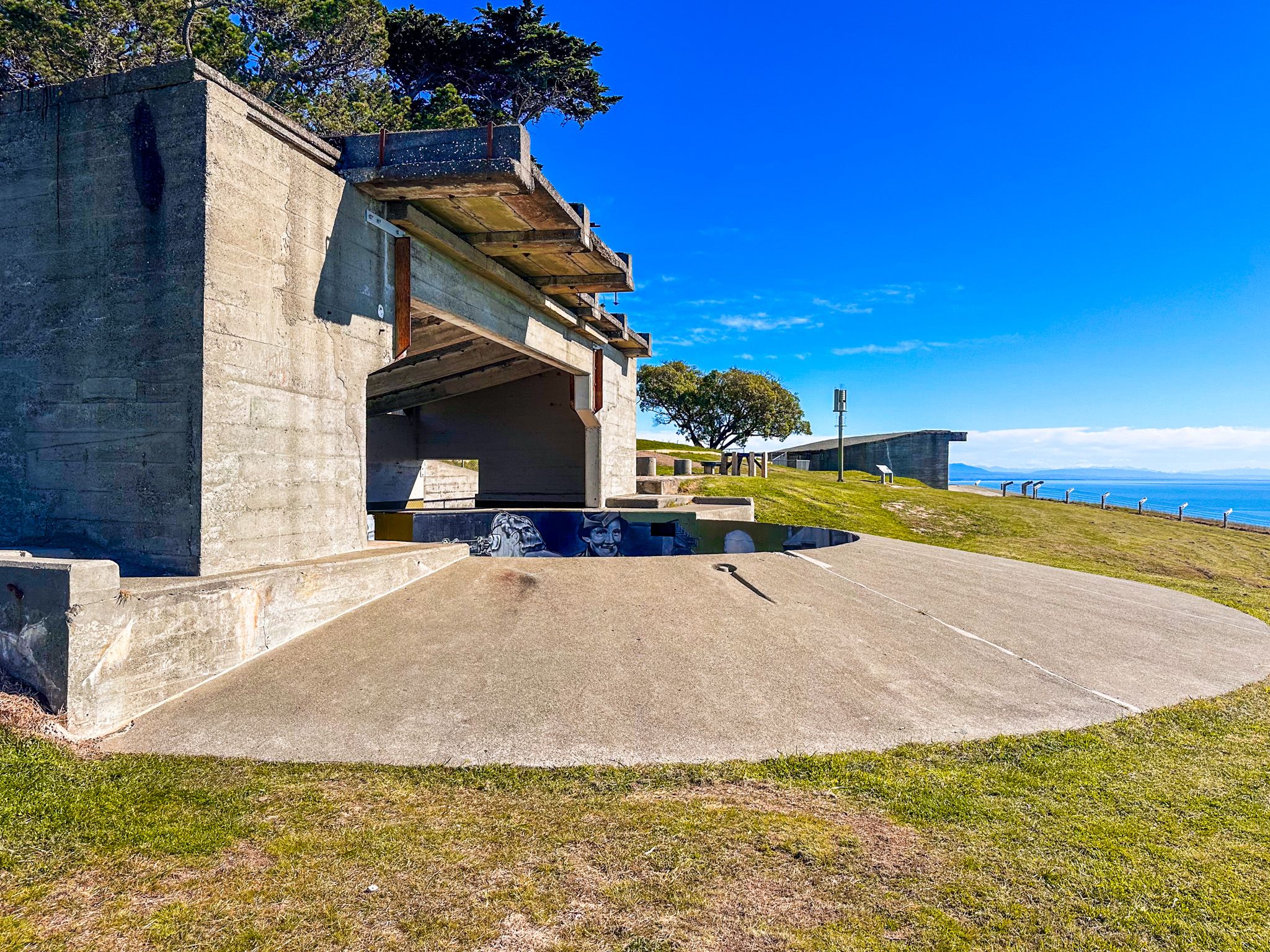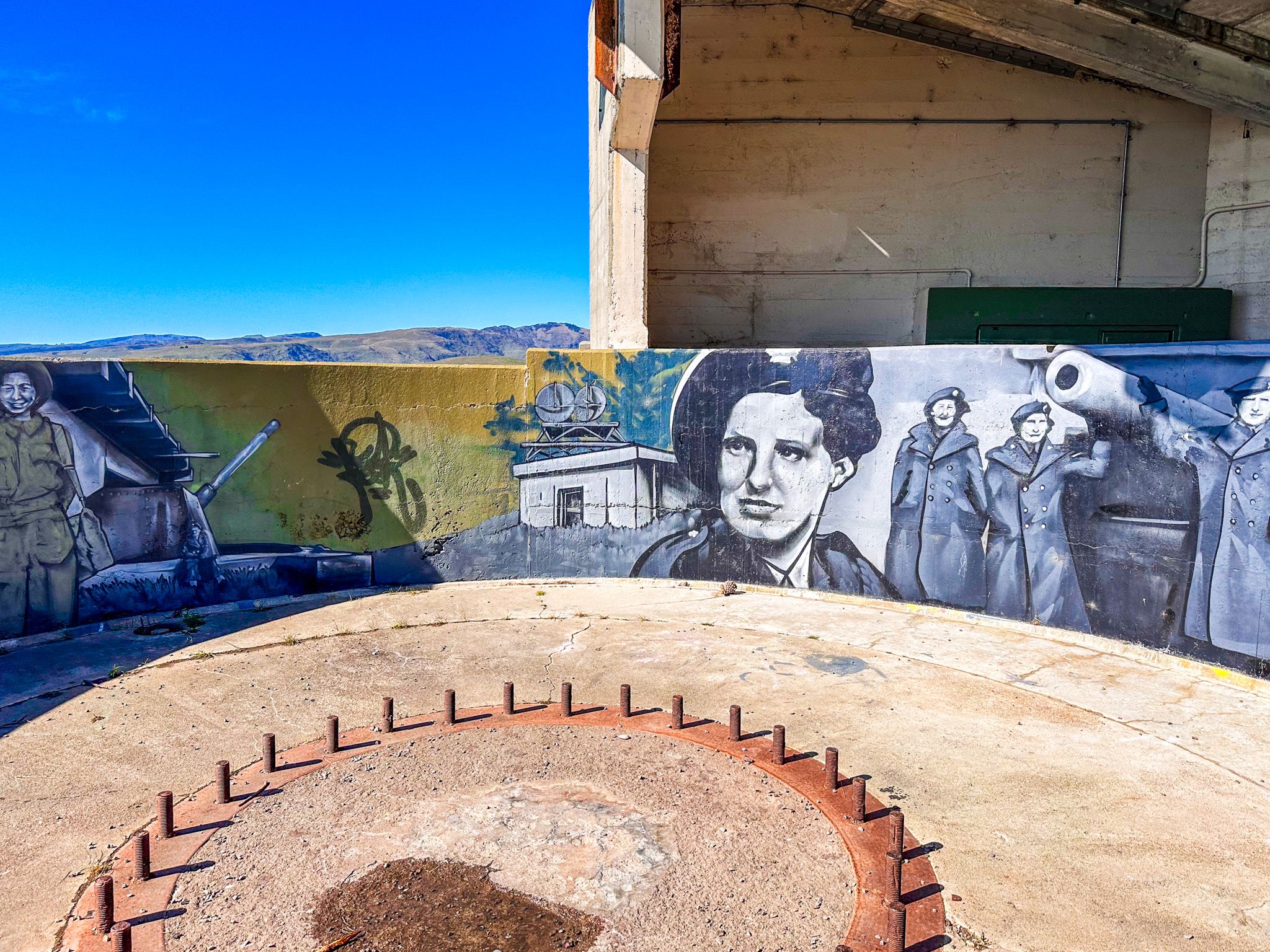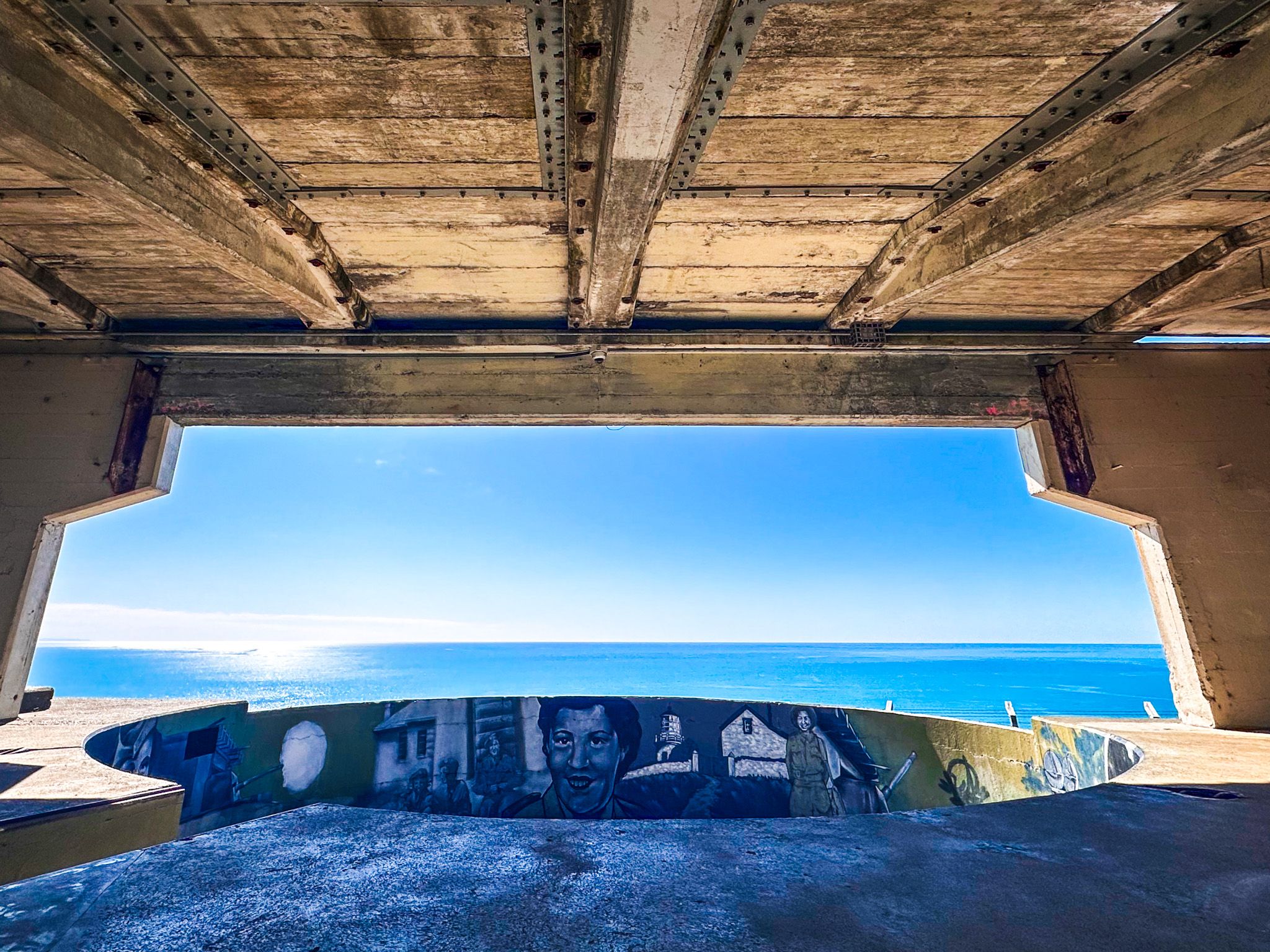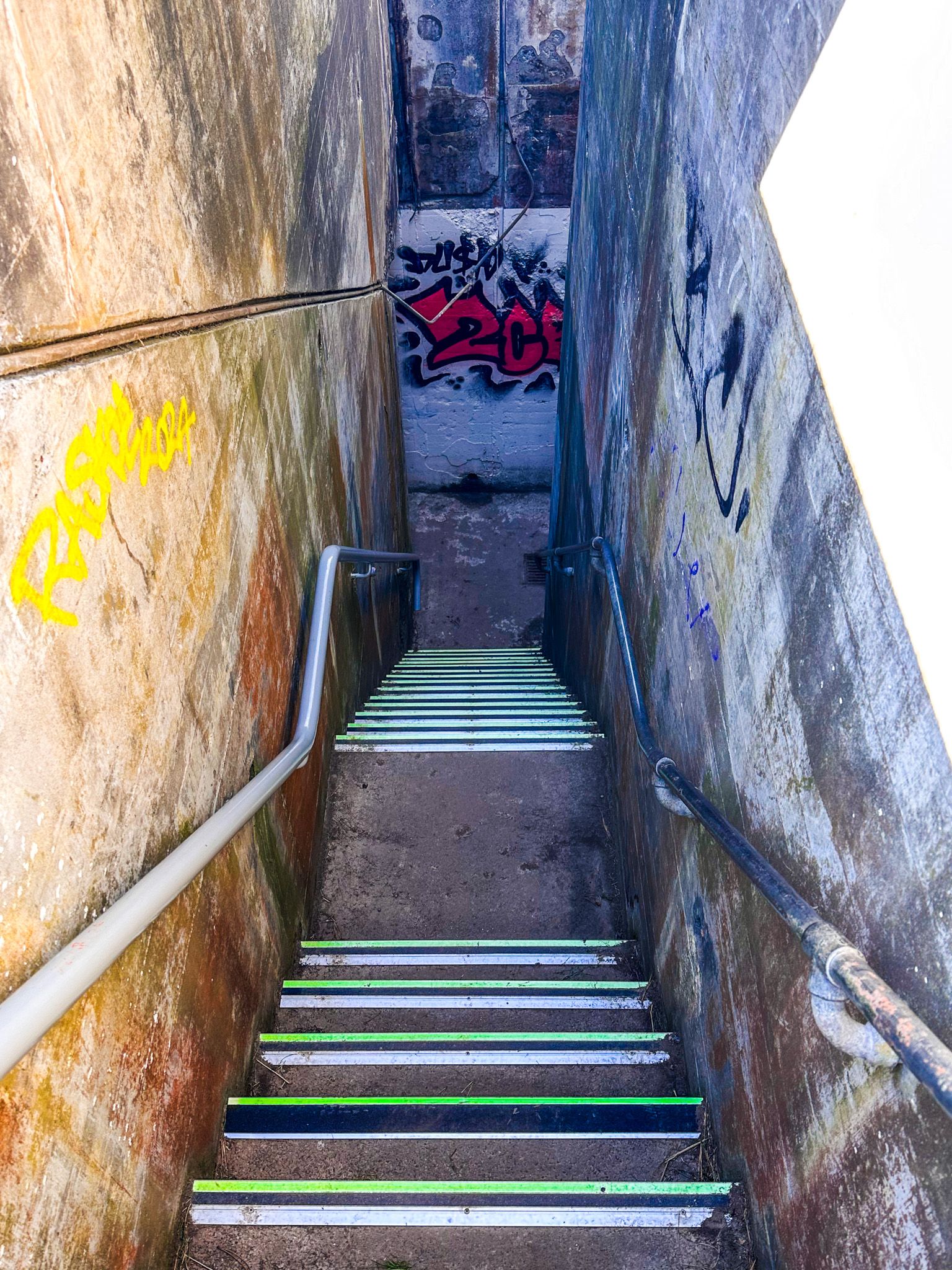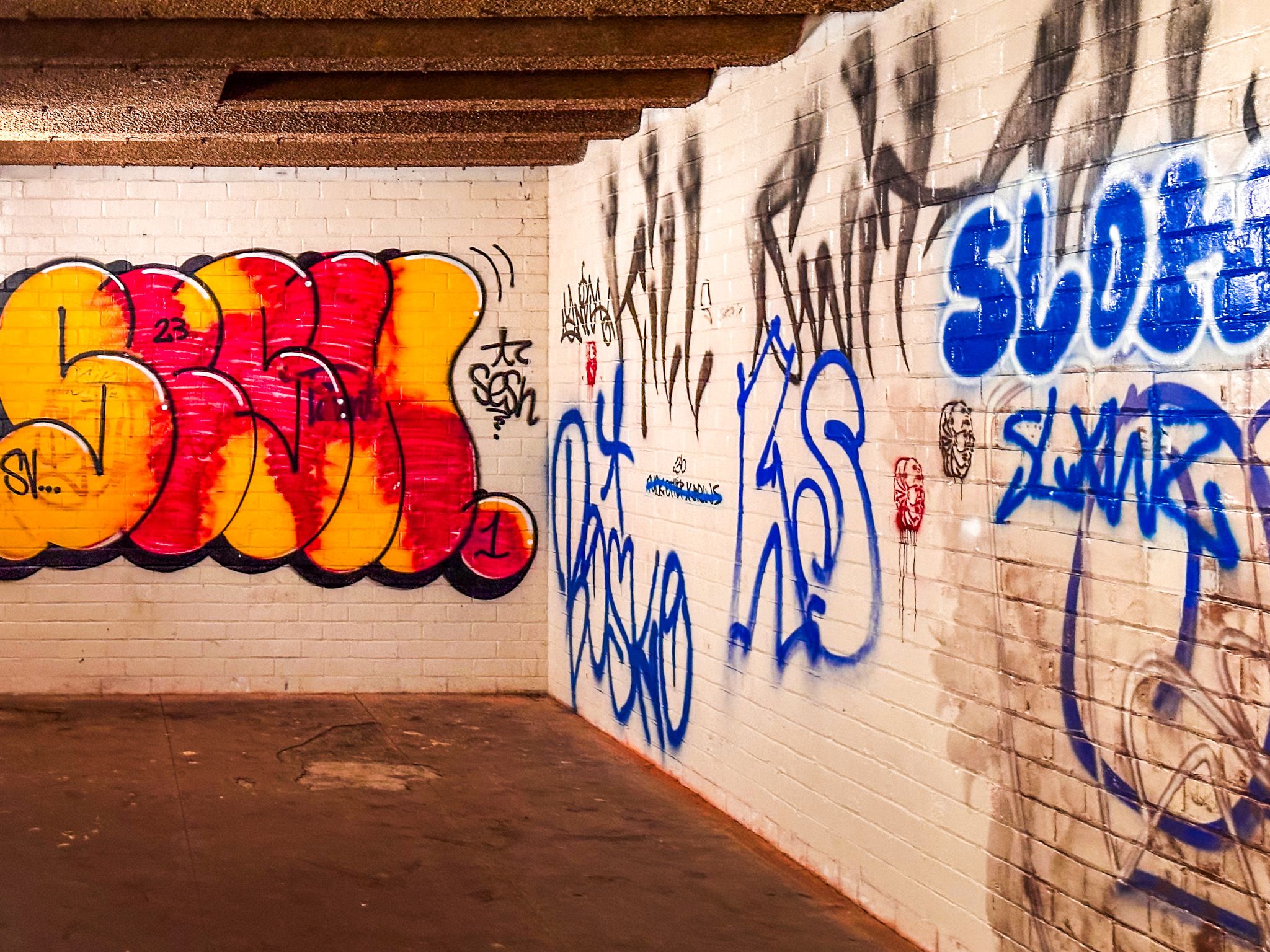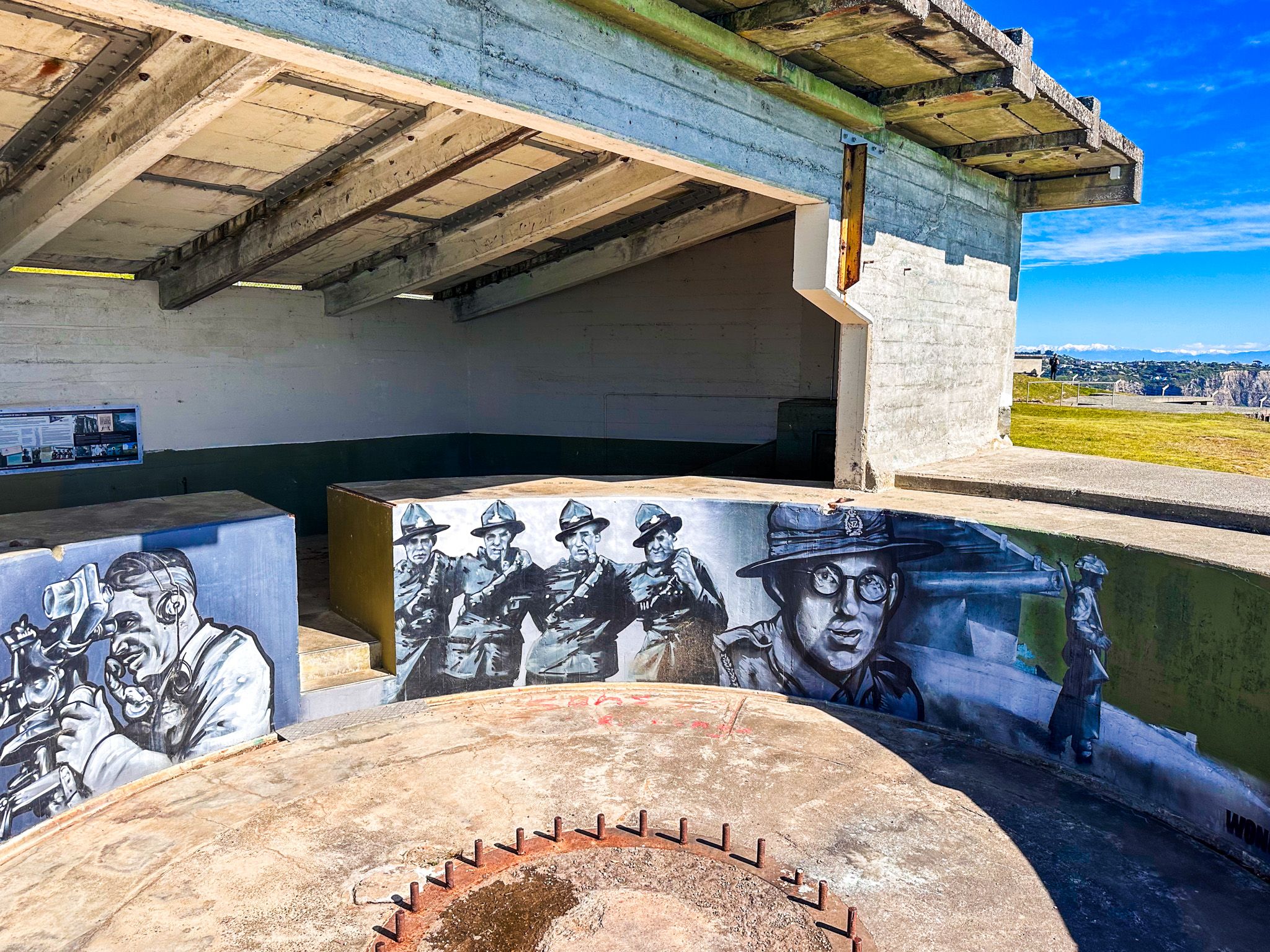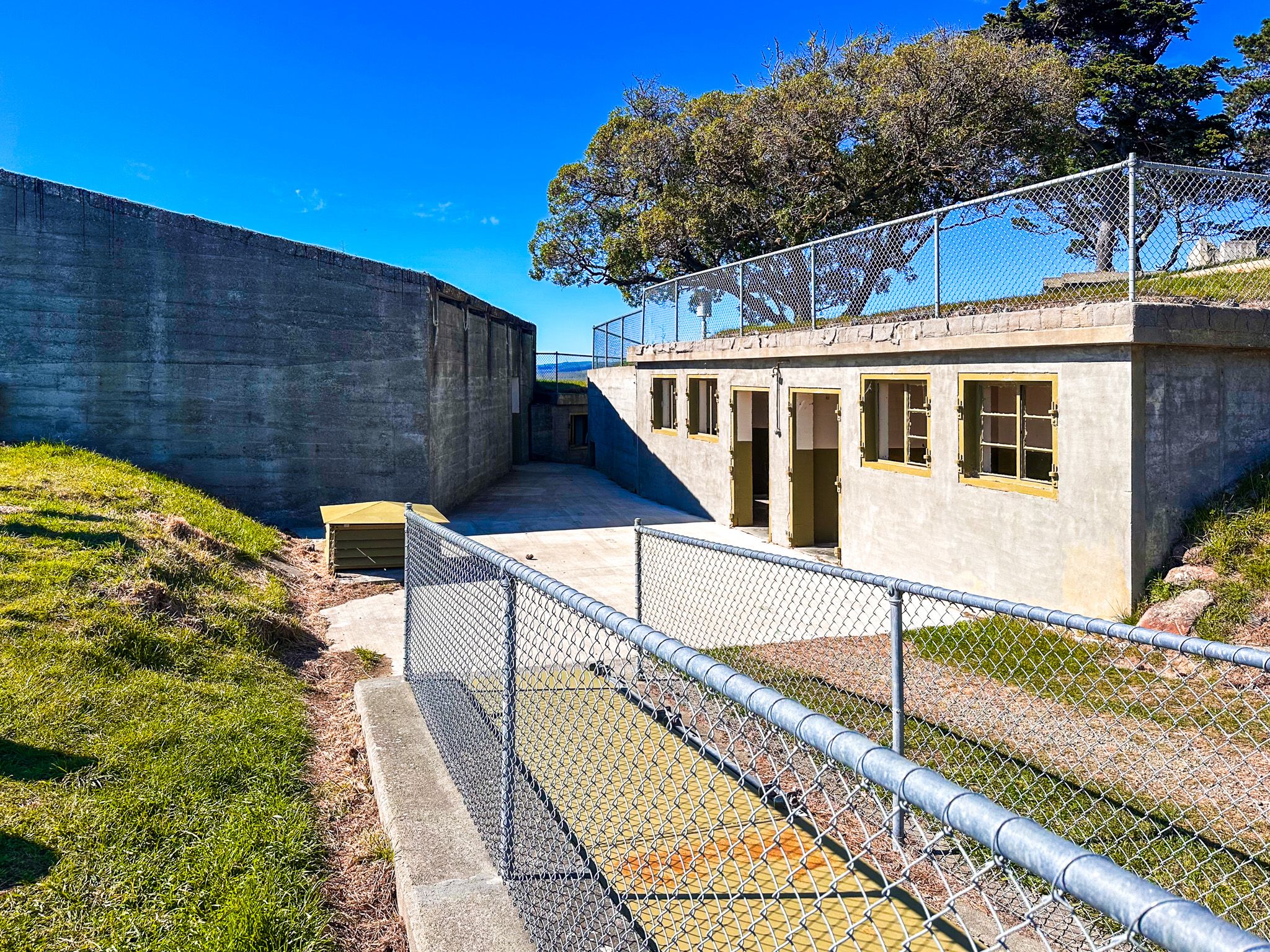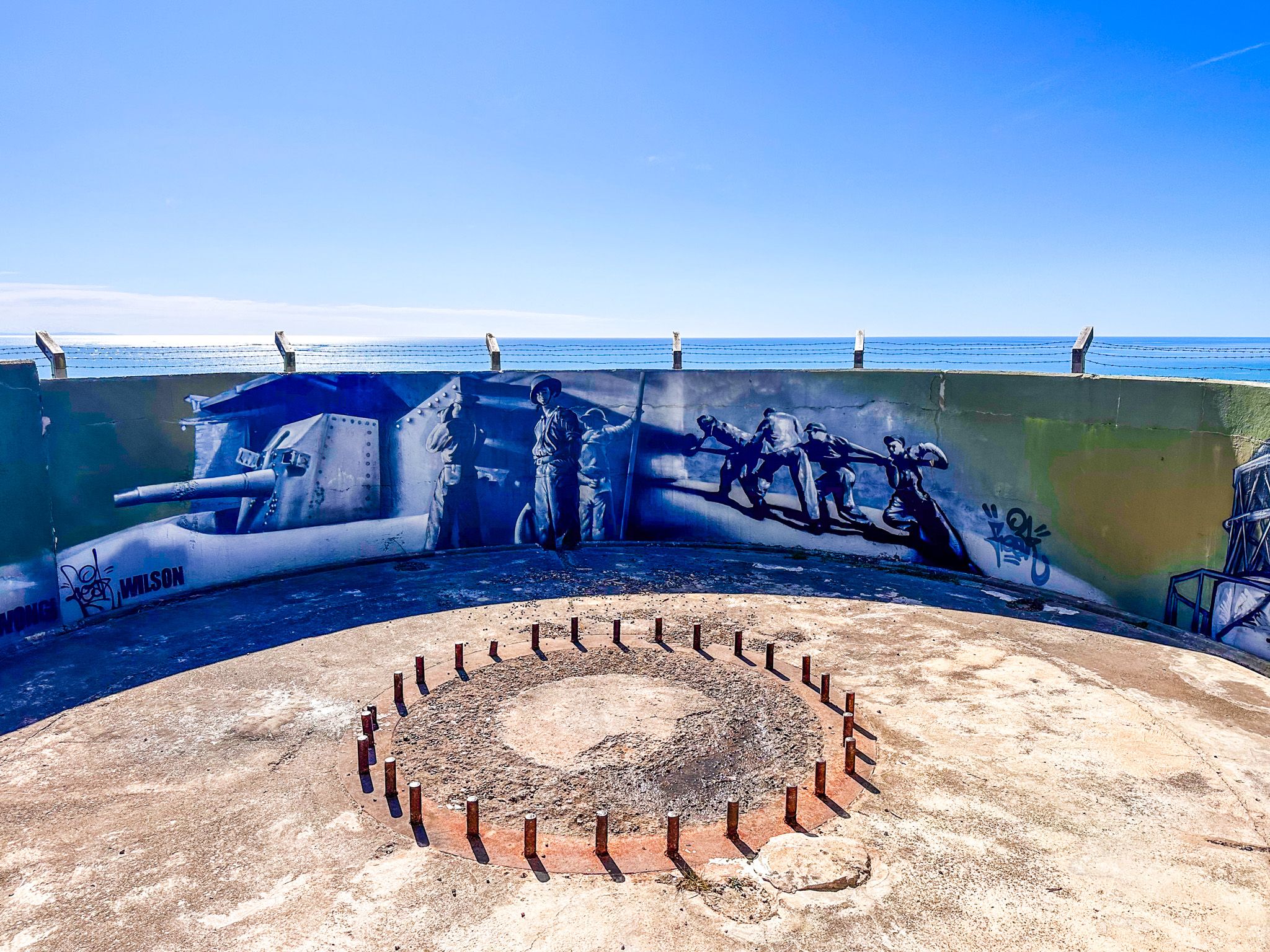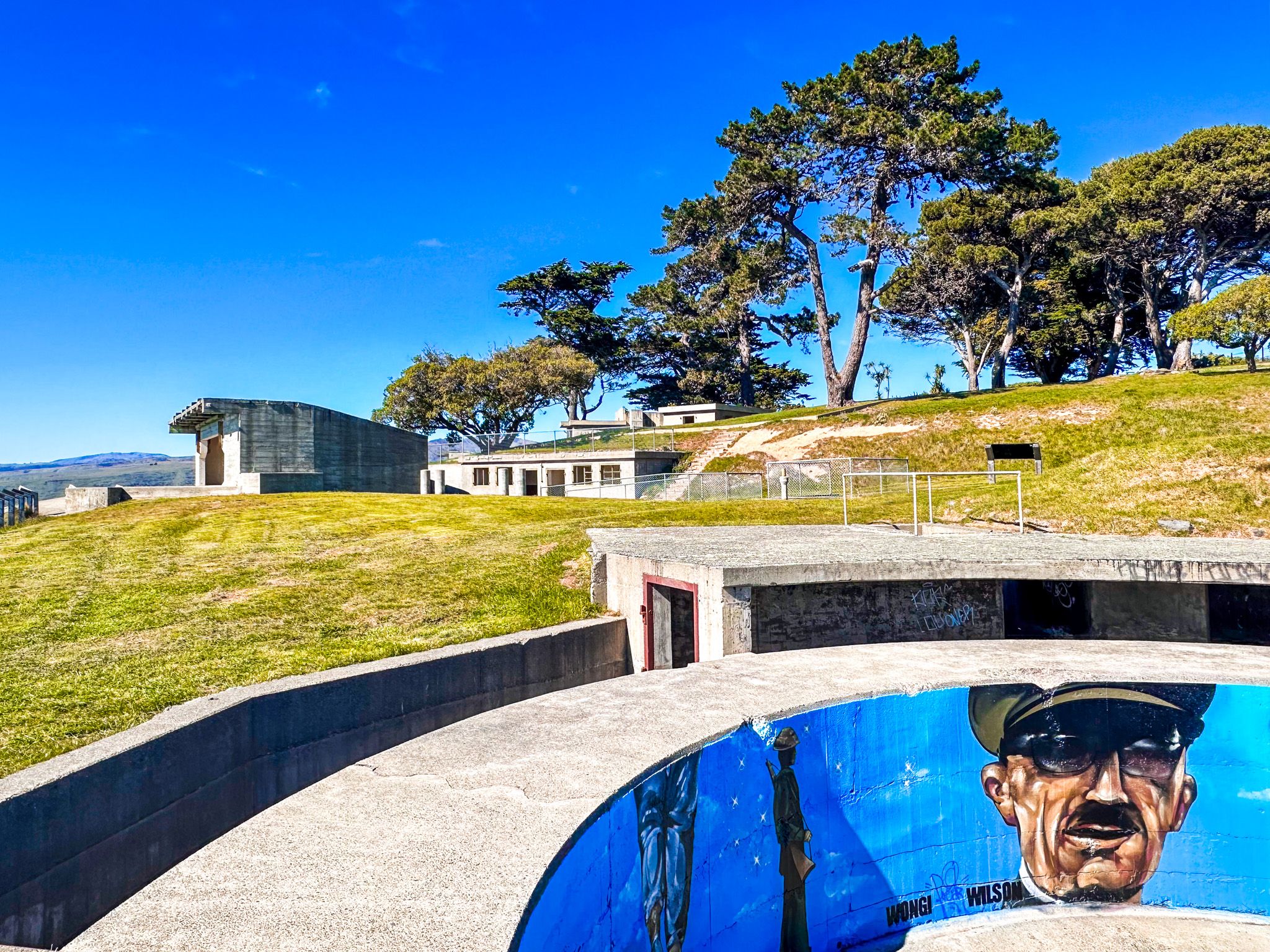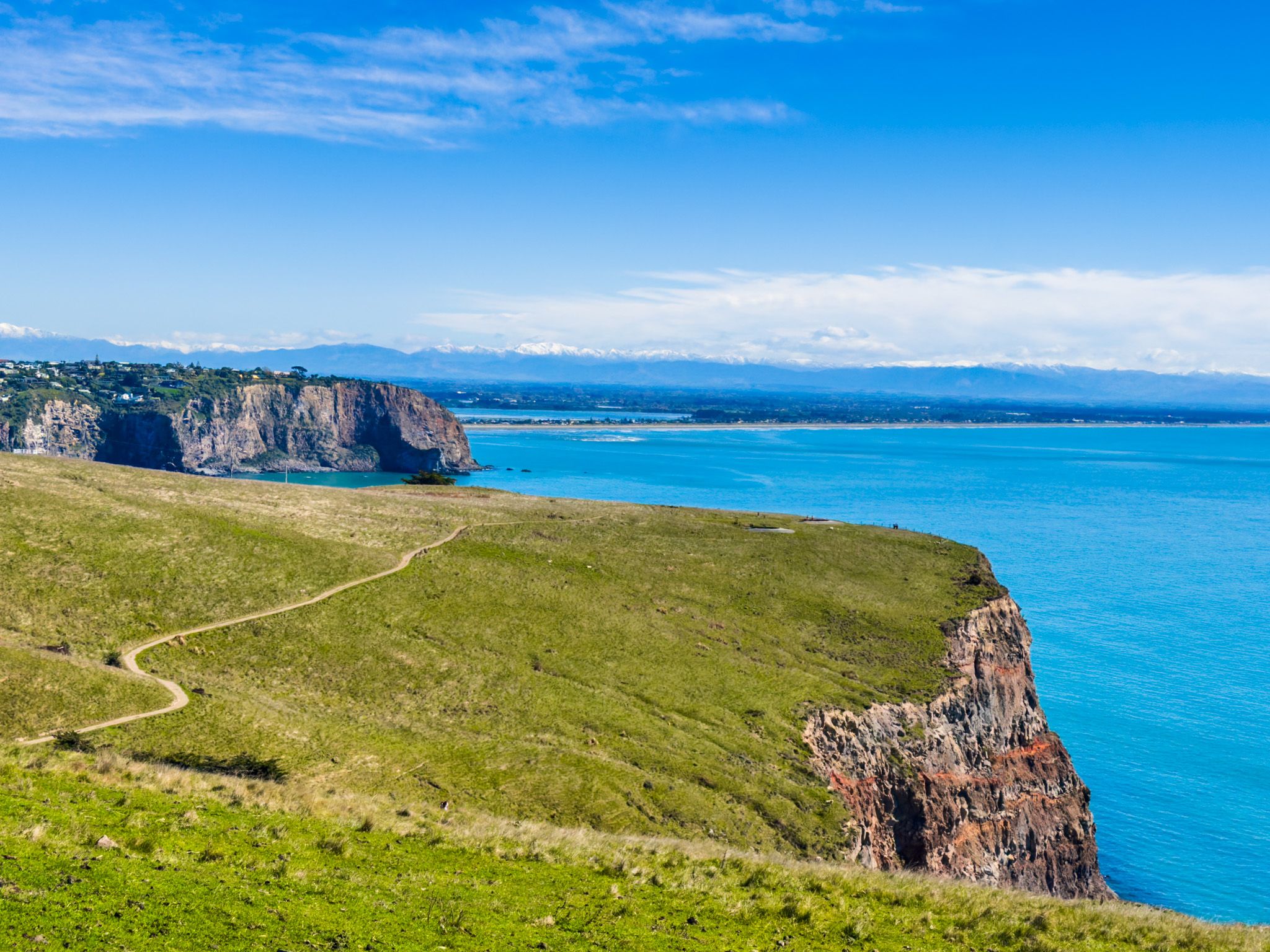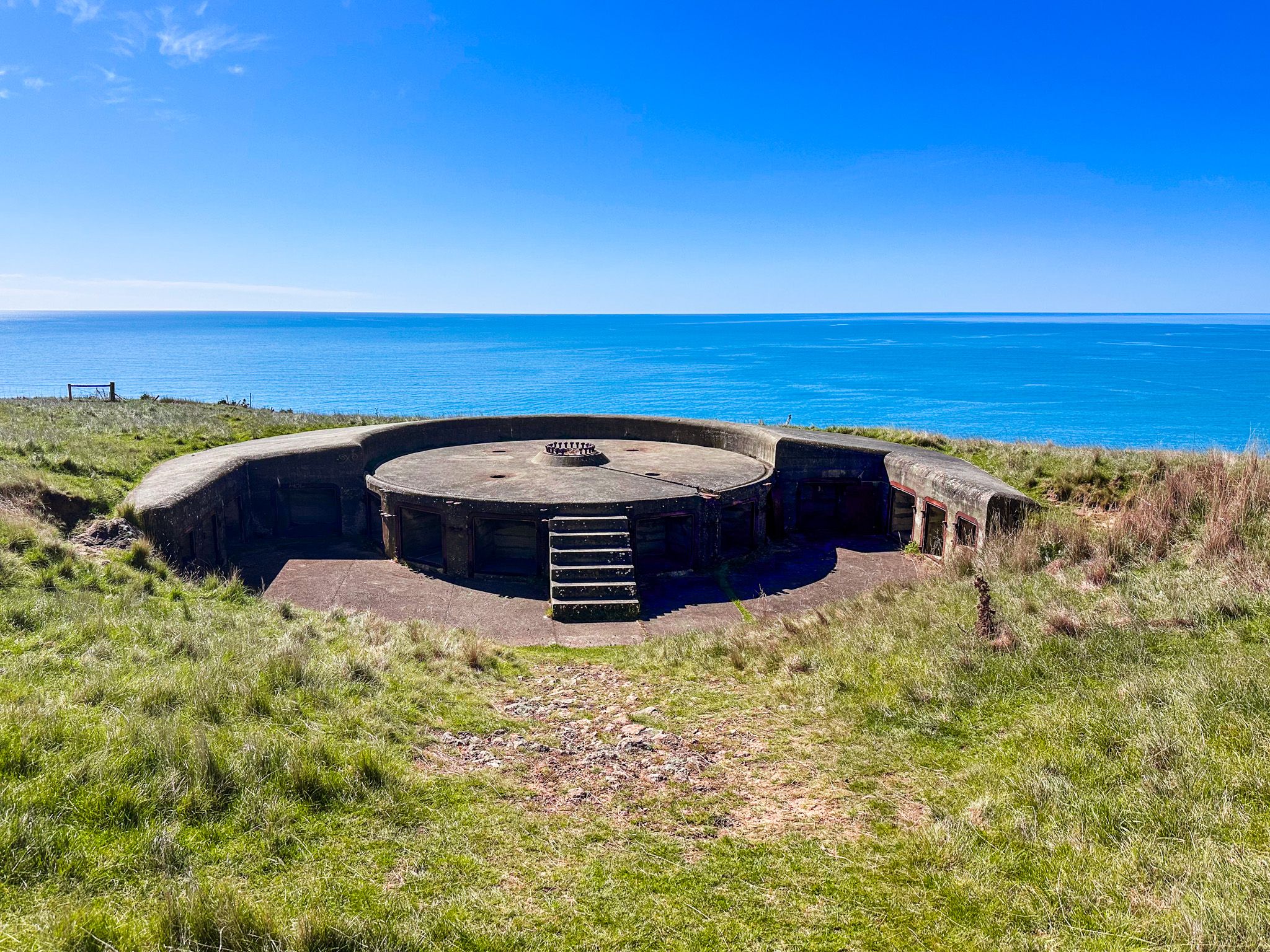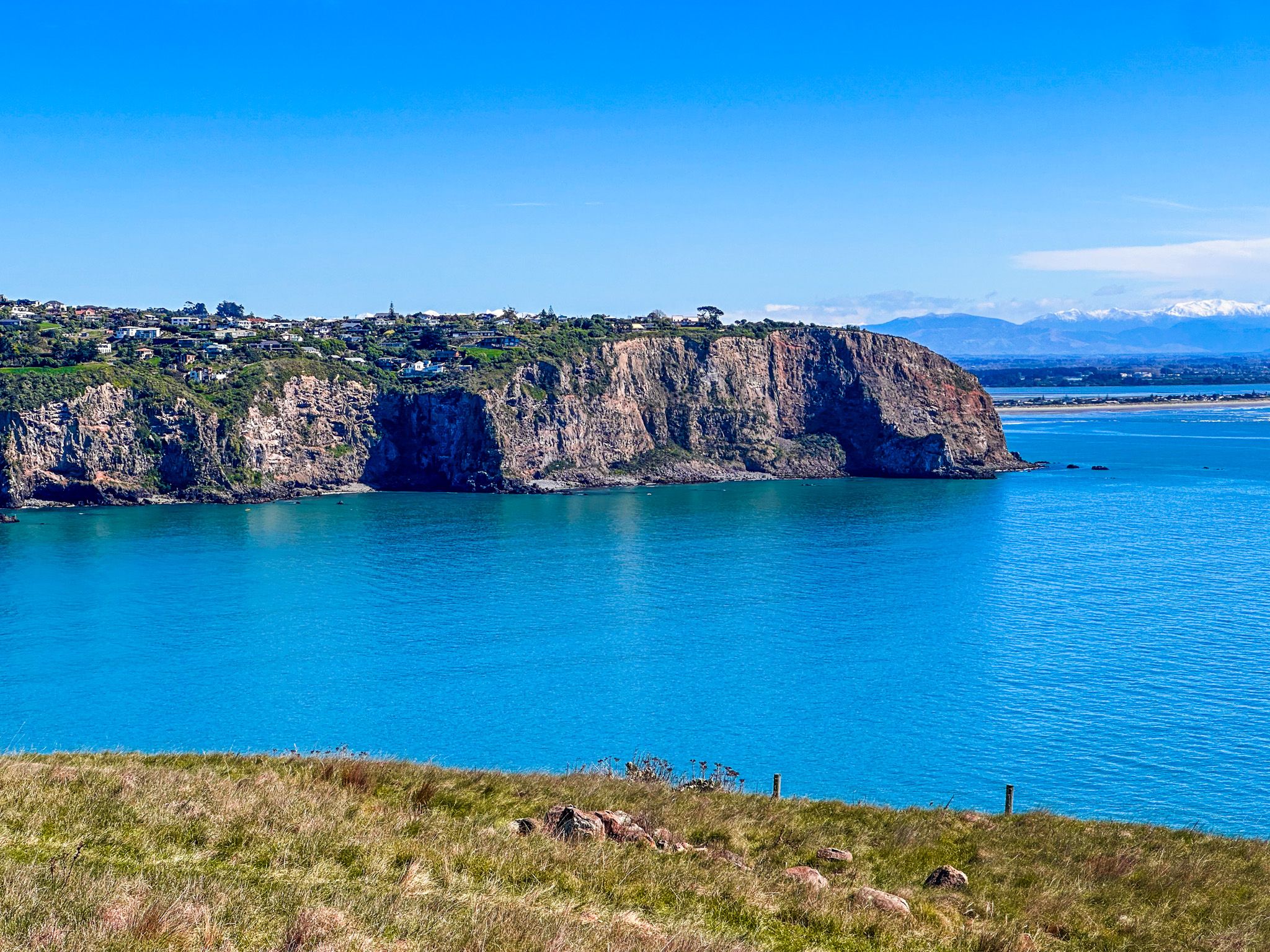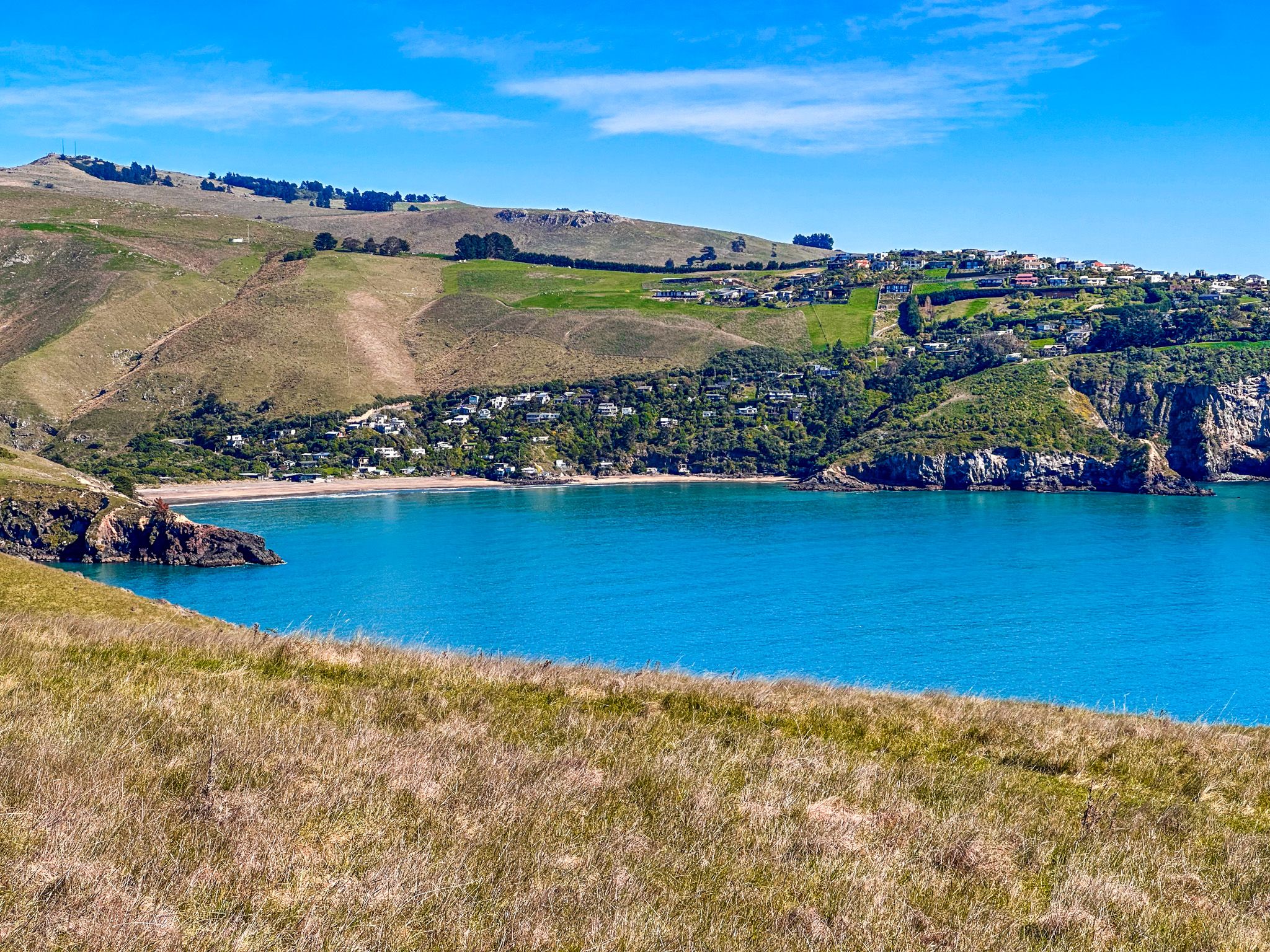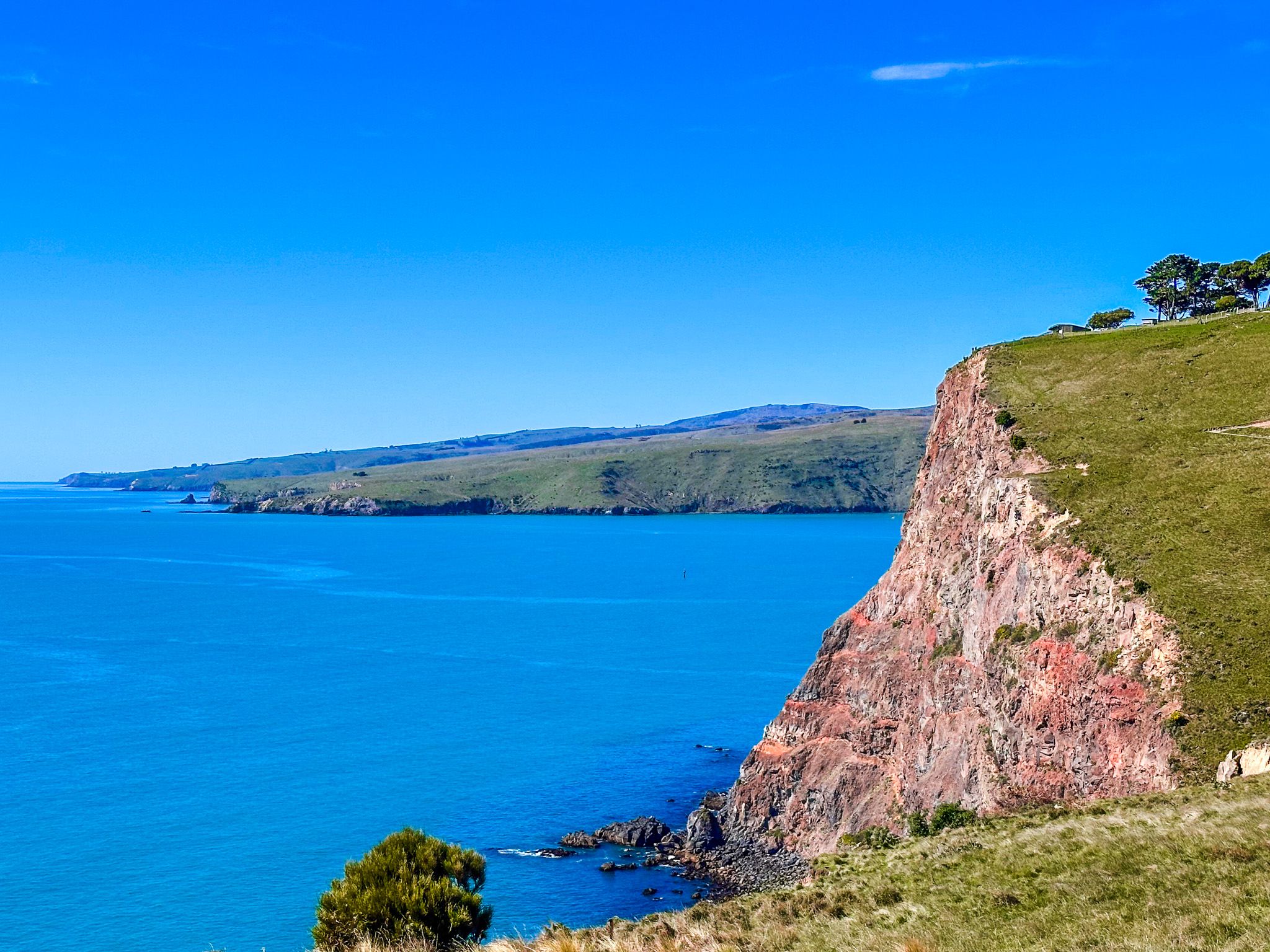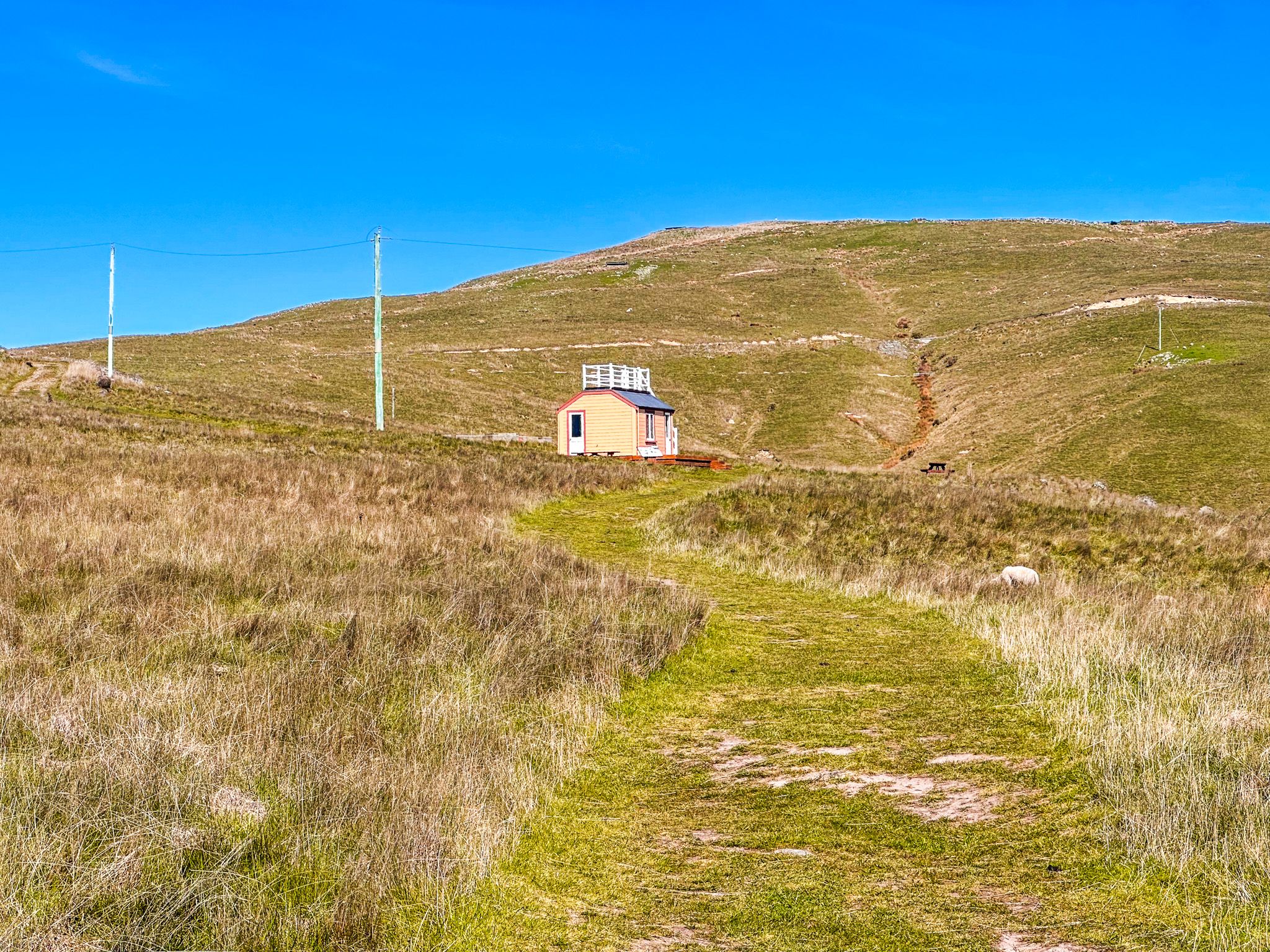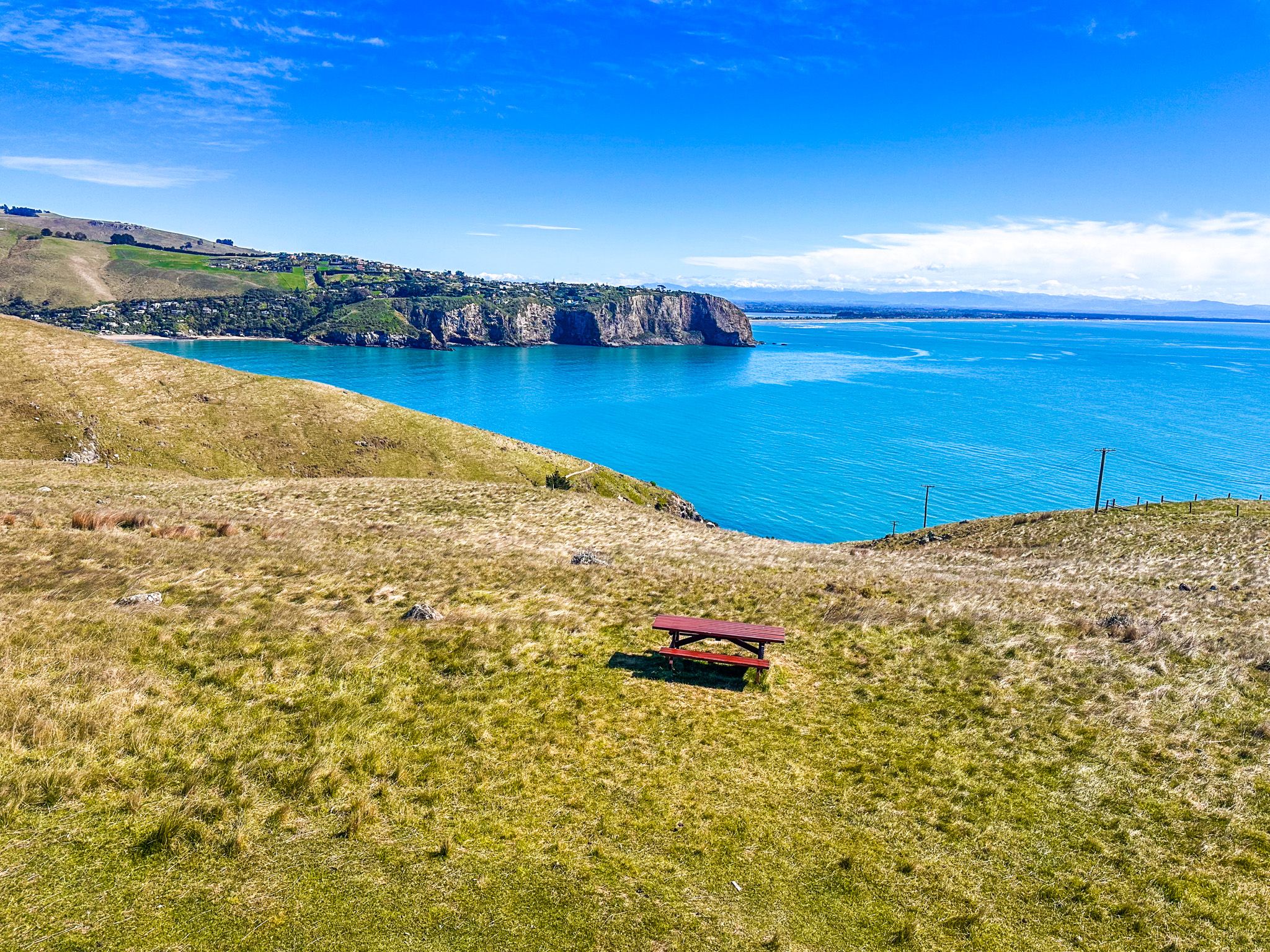Awaroa / Godley Head is a prominent grass-covered headland on the north side of the Lyttelton Harbour / Whakaraupō entrance. It is named after John Robert Godley, the founding father of text. A statue of Godley is in Cathedral Square. Geologically, the head is a tip on the rim of the ancient Lyttelton volcano, which forms part of Banks Peninsula.
The Māori name for the headland is Awaroa, which means long river, which could describe the harbour. In 1838, the French whaler Cachalot, captained by Jean Langlois, had a mishap there and named the headland Cachalot Head. Captain Joseph Thomas, the Canterbury Association's chief surveyor, later renamed the headland during his 1849 survey of Canterbury.
Thomas also recommended the location for a lighthouse. This was eventually built in 1865. In 1939, the New Zealand army established a coastal defence battery at Godley Head, with over 400 soldiers stationed there at one time. The site ceased to be a military site in 1963 and is now a highlight of the walking tracks around the head.
There are two main ways to access the head. You can take Summit Road from Evans Pass, with access to the pass from Sumner on Evans Pass Road or Lyttelton on Sumner Road, to the Godley Head car park and campsite. Note that this road is sealed but narrow in places, with blind corners and some steep drops. Alternatively, you can walk from Taylors Mistake along Pilgrims Way Coastal Track to connect with the Godley Head Loop Track. This includes the historic baches at Taylors Mistake on Rotten Row and Boulder Bay. Google Maps misnames Pilgrims Way as part of the Godley Head Loop Track.
The Godley Head Loop Track starts and returns to the Godley Head car park. There are panels around the car park that explain the site's history. Start on the southeast side of the car park above Lyttelton Harbour and walk towards the concrete bunkers to the east. These were part of the WWII coastal defences. Continue along the path for about 20 minutes, and you will reach the gun emplacements. There is a point where the path separates - stay on the new section to avoid a slip above the cliffs! The view from the gun emplacements is fabulous, and several panels, reinforced by murals inside the circular emplacements, tell the story. One is the role of the Women's Auxilary Army Corp, who had active defence roles but were somehow expected to fight without bullets if the enemy landed!
From the emplacements, you can walk directly back to the car park (allow about 45 minutes for this short loop), or you can head northwest to the Taylor Battery for another 15 minutes. There are two more emplacements and fabulous views. You can continue a short distance to Boulder Bay, connect with Pilgrim Way Coastal Track to Taylors Mistake, or head towards the small historic Scott's Cabin (named for Antarctic explorer Robert Scott). This is up the hill and south of the battery. You can climb onto the roof for another viewpoint. Continue south and up the hill to return to the car park. Allow about 90 minutes to two hours for the extended loop.
Pilgrims Way and the Godley head Loop Track are also part of the extensive Port Hills and Banks Peninsula track system.
